The Past - The Fossils - The Stories

Dueholm Monastery
The National Museum of Mors. The exhibitions at Dueholm Monastery can be found in four...
Read more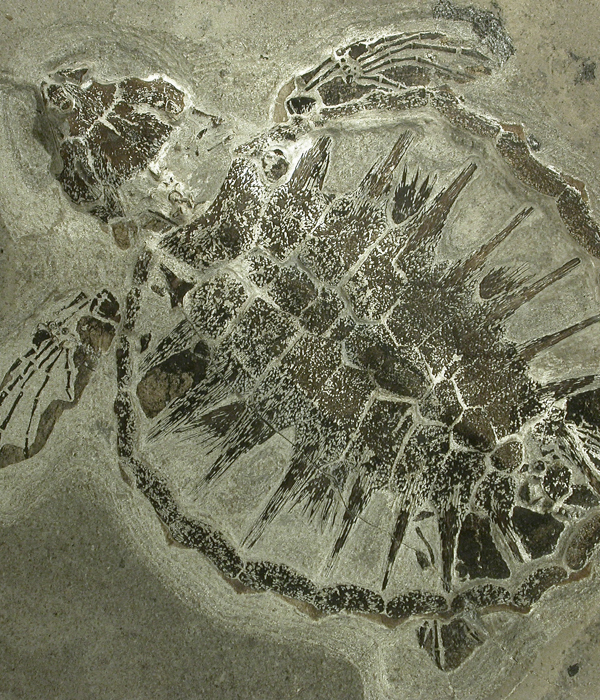
Fossil and Mo-clay Museum
World class fossils. The Fossil and Mo-clay Museum displays an impressive collection of...
Read more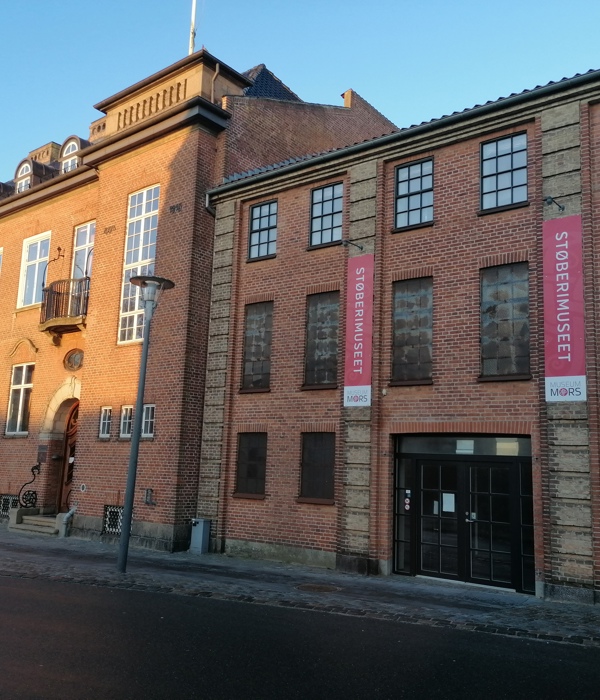
The Foundry Museum
Denmark's heaviest museum! The Foundry Museum is a museum of industrial history and wo...
Read more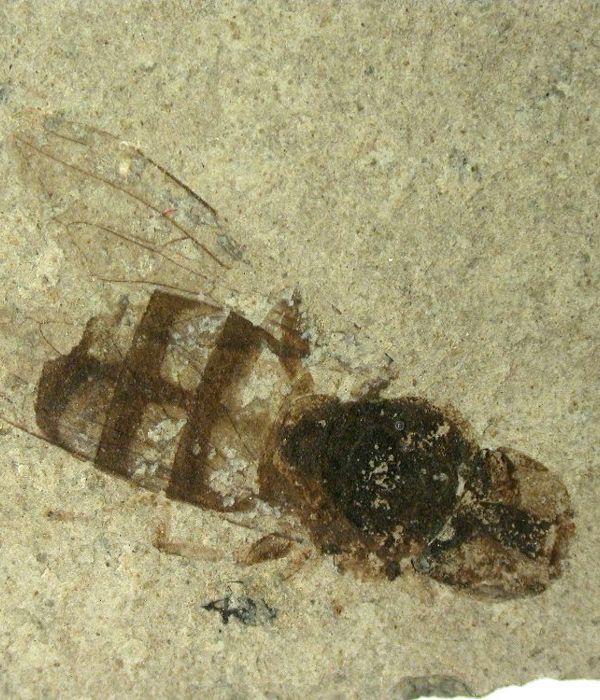
Special Exhibitions
New special exhibitions are regularly presented in all the museum's departments. The ex...
Read more
Archive of Local History
At Morsø Local History Archive you can find historical information about private indivi...
Read more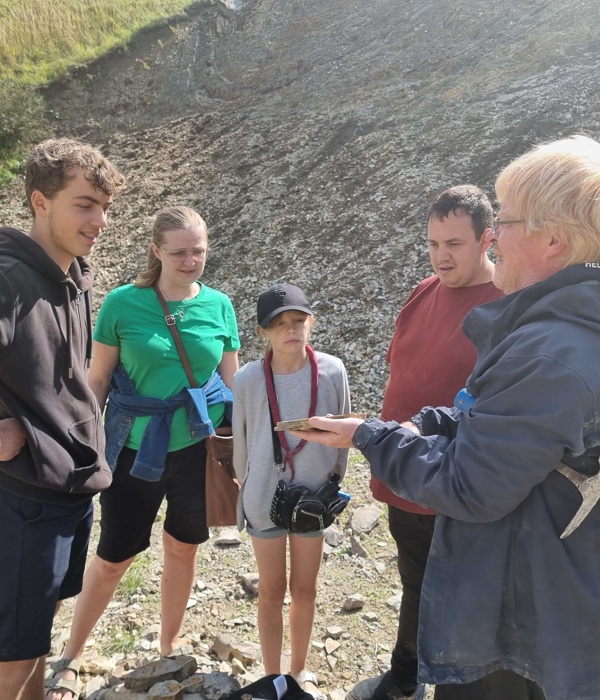
Guided Fossil hunts
Nothing beats a guided fossil hunt with a skilled facilitator. On this page you will fi...
Programmed fossil hunts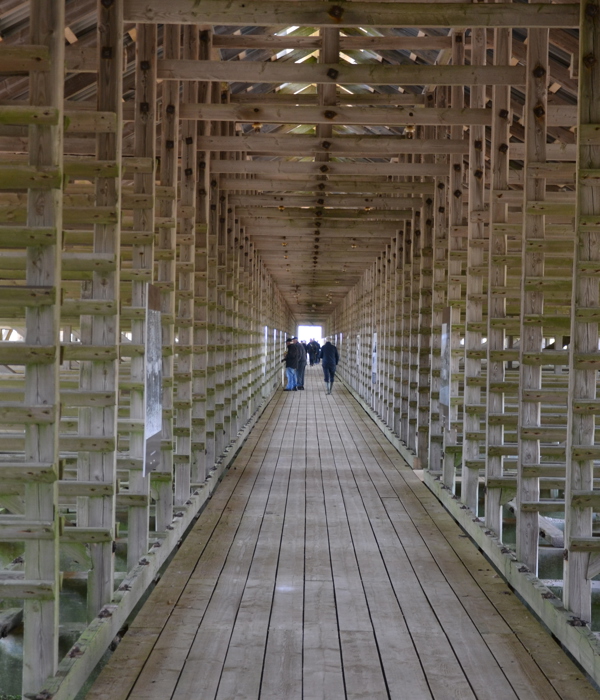
The Drying Barn
Denmark's longest drying barn. After a visit to the Fossil and Mo-clay Museum, you can...
The drying barnHistory of Museum Mors
The museum was founded in 1901 as Morsland's Historical Museum.
In 1909, the museum bought the old main building from Dueholm Manor, which was also the only existing building from Dueholm Monastery. The exhibition started in the knight's hall, but slowly spread to the rest of the building over the next 30 years. Today, the entire building is used for exhibitions.
Until the 1980s, the museum only consisted of a local history museum, but that changed in 1988, when the Fossil and Moclay Museum was established. The new museum found its home in converted stable buildings on a farm near the area of the old Moclay Industry. The museum contains a large and fantastic collection of fossils found in the Moclay on Mors.
In 1993, Morsø Iron Foundry finally moved its production out of the old factory buildings in Nykøbing. The large factory complex was subsequently thoroughly changed, and today the Foundry Museum is housed on two floors in one of the old and beautiful foundry buildings. Museum Mors also runs Morsø Local History Archive. The archive is housed in Dueholm Dairy, which is next door to Dueholm Monastery.



